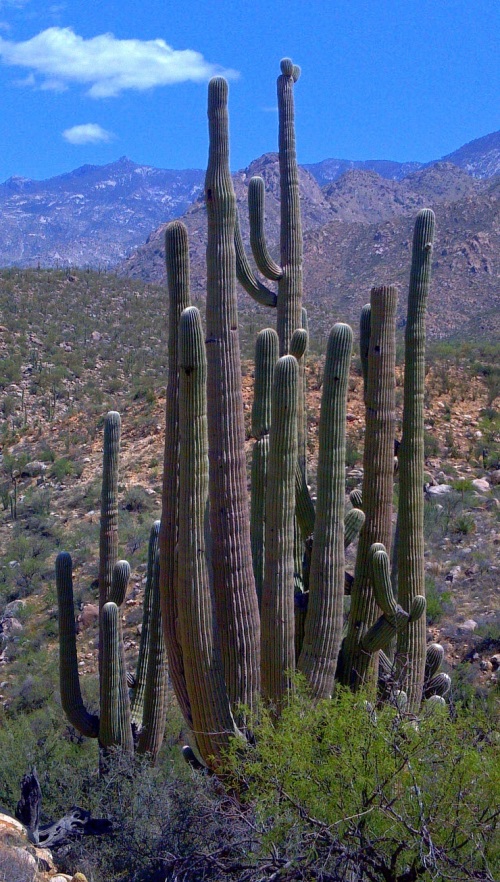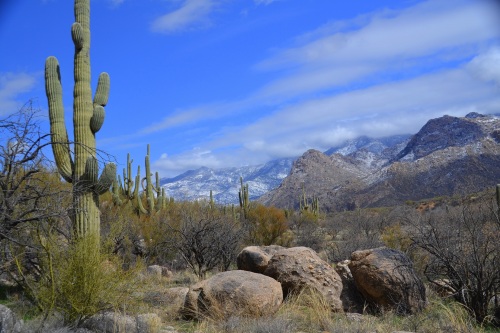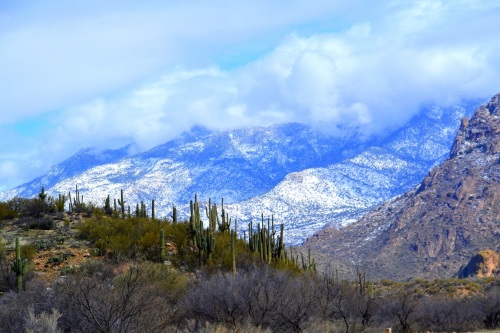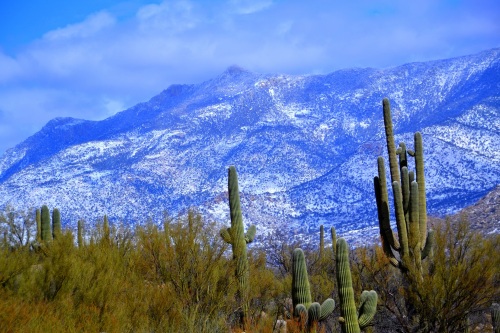This is one of our favorite places and one of my favorite photos. Sitting in the middle of the Jefferson River Valley, it is literally in the middle of nowhere.

This is the “back yard” of the old Parker homestead near Three Forks, Montana. First occupied in 1901, hardy settlers lived and farmed here until 1953, living in the log and sod hut which is just off the picture. The jack-leg fence, the old farm implements and the mountains in the distance give this an authentic “off-the-beaten-path-wild-west” look. You can see a branch of Jefferson River in the middle of the photo just above the fence. This year round water source made homesteading here possible.
I took this picture with my old Sony DSC-170, then used Picasa to sharpen the image a bit and boost the colors. This homestead used to be a 1.7 acre Montana State Park but didn’t survive the budget cuts of the recession. Its current condition and status are unknown. That’s a real shame. The Montana plains were once covered with thousands of these. Now, it’s one of the last of its kind.
If you’re interested, the GPS coordinates are N45.845741, W111.676770. Click on the coordinates to bring up a Google map in a separate window.
Cheers … Boris and Natasha






